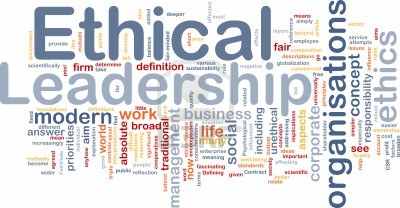 We all want to be the most effective ethical leaders that we can be. However, one thing that can hold us back is that . . . . . we are human. That’s right, admit it – you are.
We all want to be the most effective ethical leaders that we can be. However, one thing that can hold us back is that . . . . . we are human. That’s right, admit it – you are.
As humans, we are subject to cognitive biases as we make ethical decisions. Understanding these biases and watching out for them can help you achieve your goal of being an ethical leader. Here are some “traps” to watch out for:*
*The Slippery Slope: Slow, incremental changes – such as allowing a minor infraction, by yourself or others, can grow over time into a big problem. To guard against this be vigilant for even the smallest ethical issue.
*Motivated Blindness: We can sometimes overlook the unethical behavior of others when it is in our best interest to do so. This self-serving bias can affect other decisions as well. If you have a decision to make that involves a conflict of interest, then get the input from a trusted outsider.
*Ill-Conceived Goals: Incentivizing behavior for performance is not a bad thing, but requires leaders to be even more clear about the ethical standards that must be followed in their pursuit. You don’t want to have a Wells Fargo experience.
*Indirect Blindness: This is when we turn a “blind eye” to how a colleague might carry out a task when we have delegated it or outsourced it to a third party. When handing off a responsibility, take the extra step to identify possible ethical challenges that might exist and how those would be handled.
Any time we see that we might be subject to one of these “traps” it is wise to slow down the process and seek the advice of two or three other people whom you trust. While our human nature makes us subject to these “traps,” being aware of them and taking these suggested actions can help us be even more effective ethical leaders.
*Content for this blog comes mostly from “Ethical Breakdowns,” Bazerman, M.H. and Tenbrunsel, Harvard Business Review, April 2011.